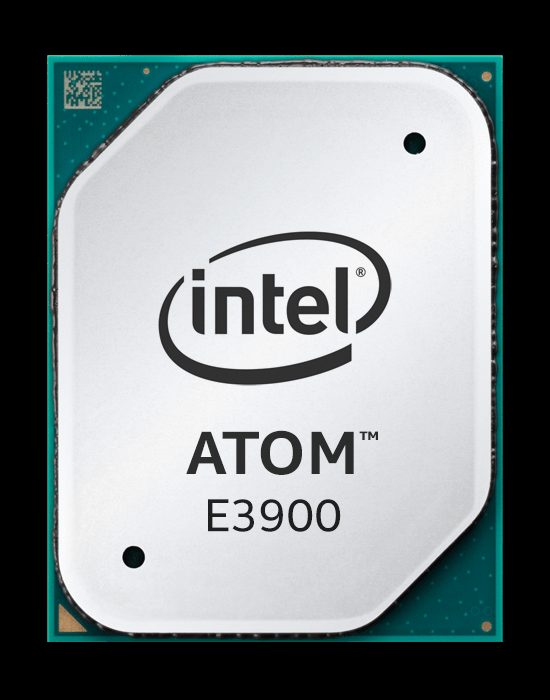IoT processors from Intel
Earlier this week at IoT Solutions World Congress, Intel announced the next generation of the Intel Atom processors for IoT applications. The new Intel Atom E3900 series is designed to support the rapid development and the growing complexity of IoT businesses. Intel claims its processors are capable of delivering on performance, processing and scalability.
Intel is hoping to find momentum with IoT, after largely missing out to Qualcomm on the mobile industry. The company says its new processors have a compact form factor that allows customers to achieve high levels of security, determinism, image and video processing power to help fuel IoT applications across industrial, video, manufacturing, retail and more.
The processor producing company also announced details of an Intel Atom processor dedicated for automotive applications. The A3900 series is designed to power a new generation of in-vehicle experiences. The automotive series will enable a complete software defined cockpit solution that incudes in-vehicle infotainment (IVI), digital instrument clusters and advanced driver assistance systems (ADAS) – in a single system on chip (SoC), according to Intel. The A3900 series will allow car makers to offer determinism for real-time decision-making required in the next line of connected cars. It is currently sampling with customers and will be available in Q1 2017.
Looking to the edge to find the fog
Intel is hoping its Atom processor E3900 series will make the edge and fog more intelligent by enabling many of the processing needs to take place at or near the data sensor and alleviating the need to push all processing to the cloud and onto data centers. Fog computing, or fog networking, is a decentralized computing infrastructure in which computing resources and application services are distributed in the most logical place at any point from the data source to the cloud. Fog computing is a relatively new idea, coined and heavily pursued by Intel.

A good example of a time to use fog computing over cloud computing would be when using traffic cams and sensor data. There are significant downsides to sending data to a server for analysis, such as loss due to video compression and time spent in travel, versus having the ability to process data at the device. In the automotive industry, the software-defined cockpit is also where edge computing capability can make a difference. The ability for a single system to drive the digital gauges, navigation and advance driver assist functions is the trend. It is important that backup sensors, bird’s-eye view parking or side collision alter function in a reliable response time, regardless of what the media or navigation system is doing at that time.
Features required for the internet of things

Intel says its new chips offer more than 1.7 times more computing power over the previous generation, and are designed to enable faster memory speeds and bandwidth to provide the processing capability needed for edge to cloud network computing. Built into a compact flip chip ball grid array (FCBGA) and featuring 14 nanometer silicon technology, the Atom processor E3900 series is Intel’s way of jumping ahead in order to get its hardware into IoT applications. Additional new features and capabilities include:
- Graphics for media-rich applications:The processor series features Intel’s ninth-generation graphics engine that improves 3-D graphics performance by 2.9 times over the previous generation, and supports as many as three independent displays.
- Image processing to support all types of vision system needs: The E3900 series has four vector image processing units for better visibility, quality video in low light, noise reduction, and color and detail preservation.
- Faster connections to keep devices in sync: Intel Time Coordinated Computing Technology coordinates and synchronizes peripherals and networks of connected devices. By synchronizing clocks inside the system on a chip (SoC) and across the network, Intel Time Coordinated Computing Technology is aimed at achieving network accuracy within a microsecond.

